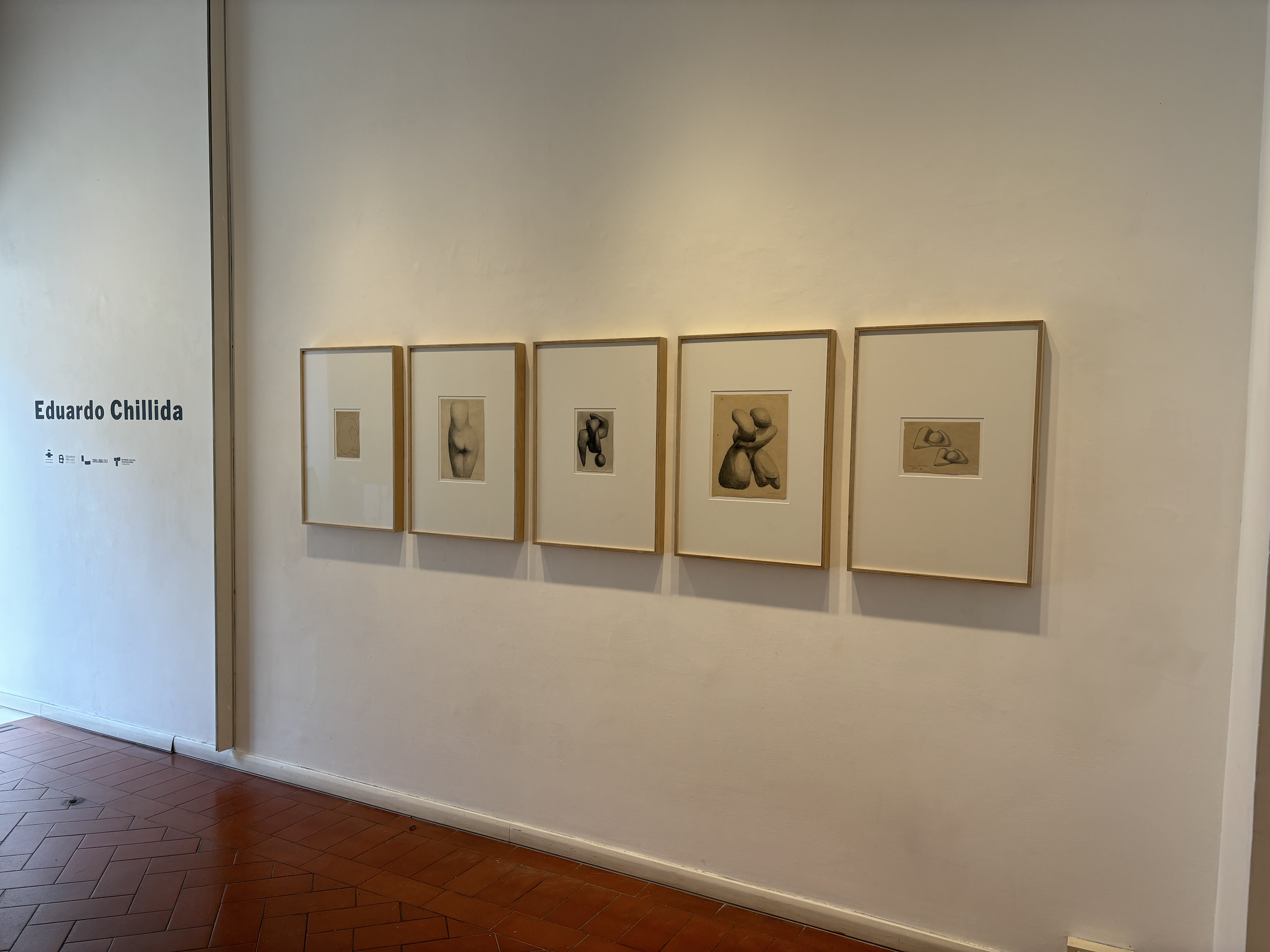Eduardo Chillida in Roma
2O October 2024 - 11 January 2025
Eduardo Chillida (San Sebastián, Spain 1924 – 2002) is one of the most prominent artists of the second half of the 20th century, as he created his own style, far from any artistic movement, characterized by concepts such as emptiness, limit and scale. . A work that has received countless awards and honors around the world and has been the subject of exhibitions in such prestigious museums as the Metropolitan Museum in New York; the National Gallery in Washington; the Guggenheim in New York, Bilbao and Venice; the Palace of Fine Arts of Mexico; the Reina Sofía Museum in Madrid; or the Ca Pesaro Museum in Venice, among many others.
This exhibition, which commemorates the centenary of Chillida's birth and is carried out in collaboration with Chillida Leku, brings together a total of 41 works and attempts to give a retrospective view of his career through the two main media in which he worked: sculpture and the drawing. The exhibition, curated by Javier Molins, covers almost 50 years of production, since the oldest work is from 1948 and the most recent from 1997.
The exhibition begins with a series of figurative drawings from Chillida's early period where we can appreciate those curved forms that will characterize his later work and that come from the human body. Figurative drawings that, in the second room, focus on the hands, one of the themes that obsessed Chillida. The next room contains a total of 17 gravitations, another of his most characteristic line of work. The gravitations are reliefs made with paper. The last room of this exhibition is a tribute to Chillida's first participation in the 1958 Biennial, as it brings together four works that were in that exhibition.
In summary, this is the most complete exhibition of Eduardo Chillida that has been held to date in Rome and in which we will be able to see his evolution over almost 50 years through 41 works including sculptures, drawings and gravitations. A life and a work characterised by the infinite curiosity of this artist and his irrepressible desire to know because, as he himself said, "there is nothing that has done more for culture than the desire to know of those who do not know".













